Product Name: Aluminum Forging
Product Type: Metal Forging
Material: Aluminum
Shape: Customized
Surface Treatment: Anodizing, Powder Coating, Spray Painting, Polishing
Production Process: Die Casting, Press Forging
Advantages:
1. High strength-to-weight ratio
2. Superior mechanical properties
3. Enhanced resistance to fatigue and wear
4. Tight dimensional tolerances
5. Cost-effective production
| Color | Silver |
|---|---|
| Material | Aluminum |
| MOQ | 1 Pcs |
| Sample | Available |
| Place of Origin | China |
Product Details
MINGYU Tech. is a leading manufacturer of precision aluminum machining grade for the medical device industry. We have a variety of advanced machinery, including multi-axis CNC machines and wire EDM machines, used to produce parts with complex geometries and tight tolerances. Our quality management system is ISO 13485 certified and strictly adheres to industry standards and regulations for medical device manufacturing. We also offer finishing services such as passivation, electropolishing and laser marking.
aluminum machining grade offers a variety of techniques such as milling, drilling, turning, and grinding, providing flexibility and precision in creating complex and intricate parts. It can also produce high-quality surface finishes, ensuring the durability and functionality of the final product.
The applications of aluminum machining grade are vast and diverse. In the automotive industry, it is used to manufacture engine components, transmission parts, and suspension systems. In the aerospace industry, it is utilized for creating aircraft parts, such as wings, frames, and landing gears. It is also widely used in the electronics industry for producing computer parts, mobile phone components, and other electronic devices. Apart from its industrial applications, aluminum machining grade is also utilized in the creation of everyday household items like utensils, furniture, and decorative objects. Its ability to be easily molded and shaped has made it a popular choice for designers and artists to create unique and intricate designs.
| Service | CNC Turning, CNC Milling , Laser Cutting, Bending, Stamping, |
| Materials | Stainless steel,Steel,Brass,Aluminum,Plastic |
| Surface Treatment |
Anodize, Bead blasted, Silk Screen, Plating, Zinc/Nickel/ Plating, Electro Plating,Polishing, Knurl, Laser/Etch/Engrave etc. |
| Drawing Accepted | Stp, Step, IGS, Xt, AutoCAD(DXF, DWG), PDF, or Samples |
| Tolerance | 0.01- +/-0.001mm |
| Lead Time | 1-2 weeks for samples, 3-4 weeks for mass production |
| Quality Assurance | ISO9001:2018, ISO13485:2019, SGS, RoHs, |
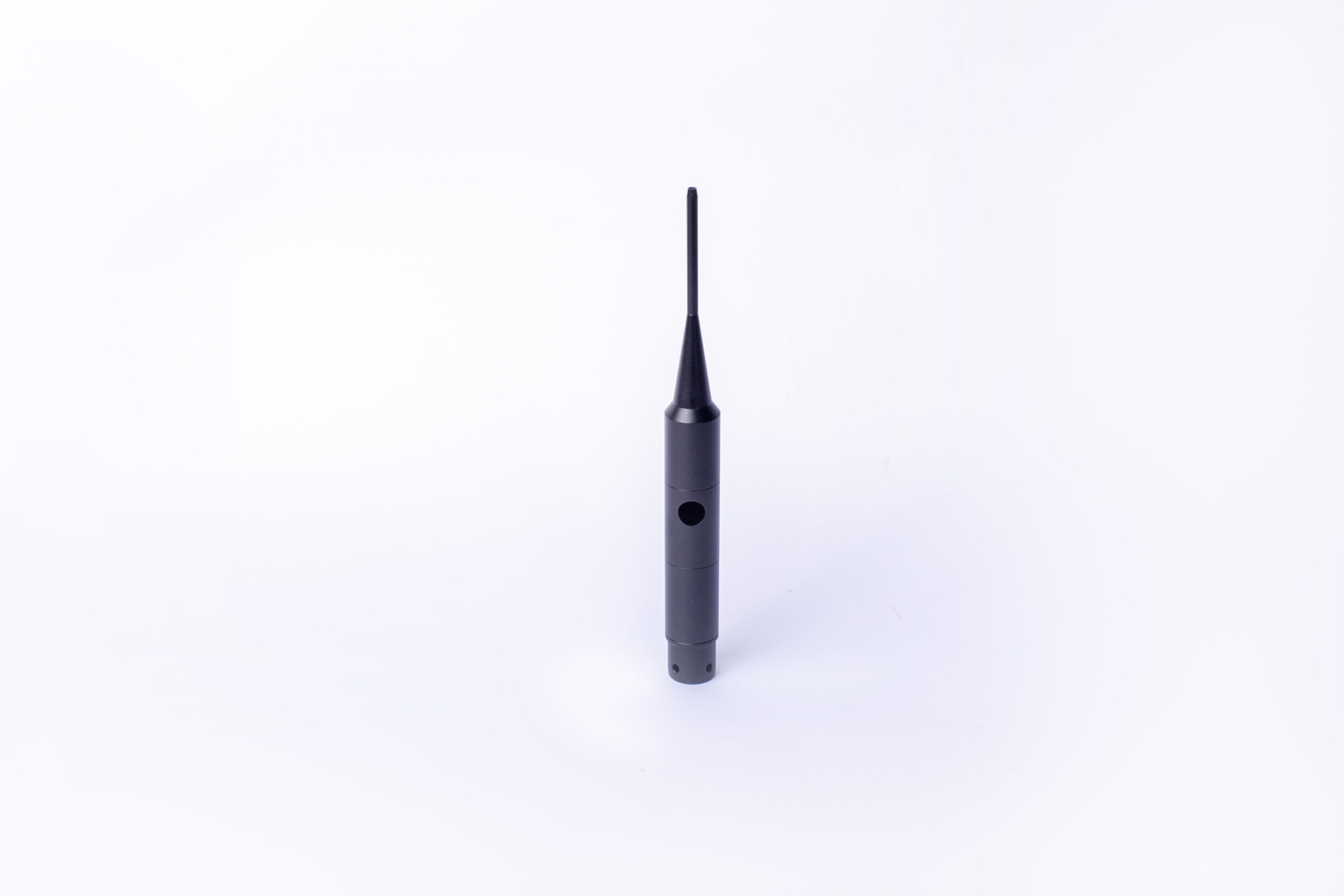
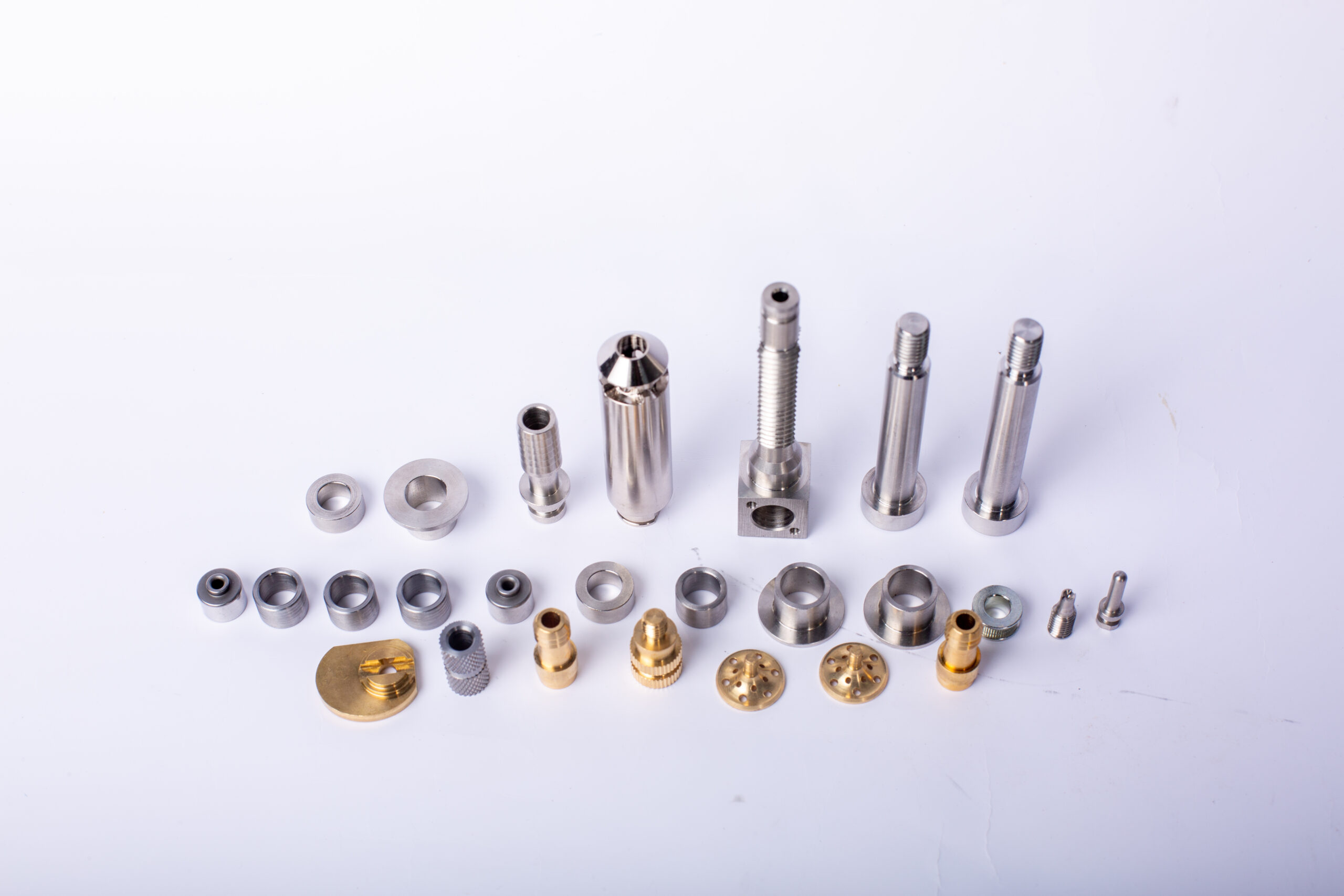
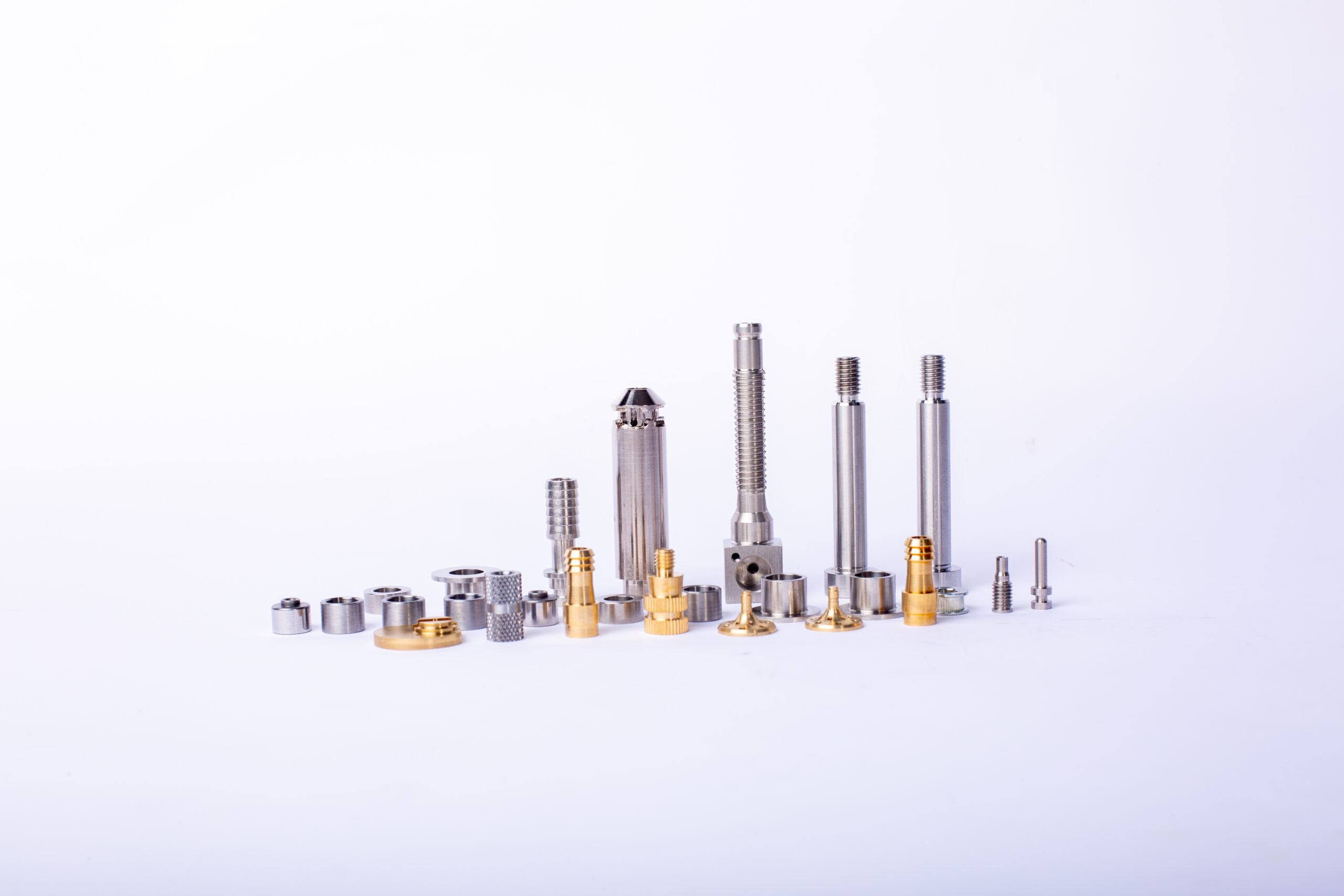
aluminum machining grade FAQs Guide.
Our company specializes in providing high-quality aluminum machining grade services for a variety of industries. With years of experience, state-of-the-art equipment, and a dedicated team, we pride ourselves on delivering precision and top-notch results for our customers. we will outline our capabilities and processes, and provide examples of the aluminum products we can create. We are confident that our aluminum machining grade services will meet and exceed your expectations.
1.Can additives be used in the cutting fluid when machining aluminum?
Yes, additives can be used in the cutting fluid when machining aluminum. Additives can help reduce friction, improve lubricity, and reduce heat buildup. However, it is important to use the correct type of additive for the specific application, as some additives may be incompatible with aluminum.
2.What are the different types of aluminum machining techniques?
We pay attention to the introduction and training of talents, scientifically regulate the management system, and focus on cultural construction and team cohesion.
1. Milling: This is a subtractive machining process that uses a rotating cutting tool to remove material from the surface of a workpiece.
2. Turning: This is a subtractive machining process that uses a rotating cutting tool to shape the outside diameter of a workpiece.
3. Drilling: This is a subtractive machining process that uses a rotating cutting tool to create a hole in a workpiece.
4. Boring: This is a subtractive machining process that uses a rotating cutting tool to enlarge an existing hole in a workpiece.
5. Reaming: This is a subtractive machining process that uses a rotating cutting tool to finish the surface of a hole in a workpiece.
6. Sawing: This is a subtractive machining process that uses a rotating cutting tool to cut a workpiece into two or more pieces.
7. Grinding: This is an abrasive machining process that uses a rotating grinding wheel to remove material from the surface of a workpiece.
8. Honing: This is an abrasive machining process that uses a rotating honing stone to finish the surface of a hole in a workpiece.
9. EDM (Electrical Discharge Machining): This is a non-traditional machining process that uses electrical sparks to remove material from the surface of a workpiece.
3.What are the properties of aluminum that make it suitable for machining?
We are committed to providing personalized solutions and established long -term strategic cooperative relationships with customers.
1. Aluminum is lightweight and strong, making it easy to machine and shape.
2. Aluminum has a low melting point, which makes it easier to cut and shape.
3. Aluminum is corrosion-resistant, making it suitable for machining in wet or humid environments.
4. Aluminum has a high thermal conductivity, which makes it suitable for machining at high speeds.
5. Aluminum is non-magnetic, making it suitable for machining in areas with strong magnetic fields.
6. Aluminum is non-toxic, making it safe to use in machining operations.
7. Aluminum is ductile, making it easy to form and shape.
8. Aluminum is malleable, making it easy to work with.
9. Aluminum is non-sparking, making it suitable for machining in hazardous environments.
4.Can different types of coatings be applied to aluminum after machining?
We continue to improve aluminum machining grade products and processes to improve efficiency.
Yes, different types of coatings can be applied to aluminum after machining. Common coatings include anodizing, powder coating, and painting. Anodizing is a process that creates a protective oxide layer on the surface of the aluminum, while powder coating is a process that applies a dry powder to the surface of the aluminum and then bakes it to create a hard finish. Painting is a process that applies a liquid paint to the surface of the aluminum and then bakes it to create a hard finish.
5.How does the thickness of the aluminum affect the machining process?
The thickness of the aluminum affects the machining process in several ways. Thicker aluminum requires more cutting force and can cause more wear on the cutting tools. It also requires more time to machine, as the cutting tools must move more slowly to ensure a clean cut. Additionally, thicker aluminum can cause more vibration during the machining process, which can lead to poor surface finish and accuracy.
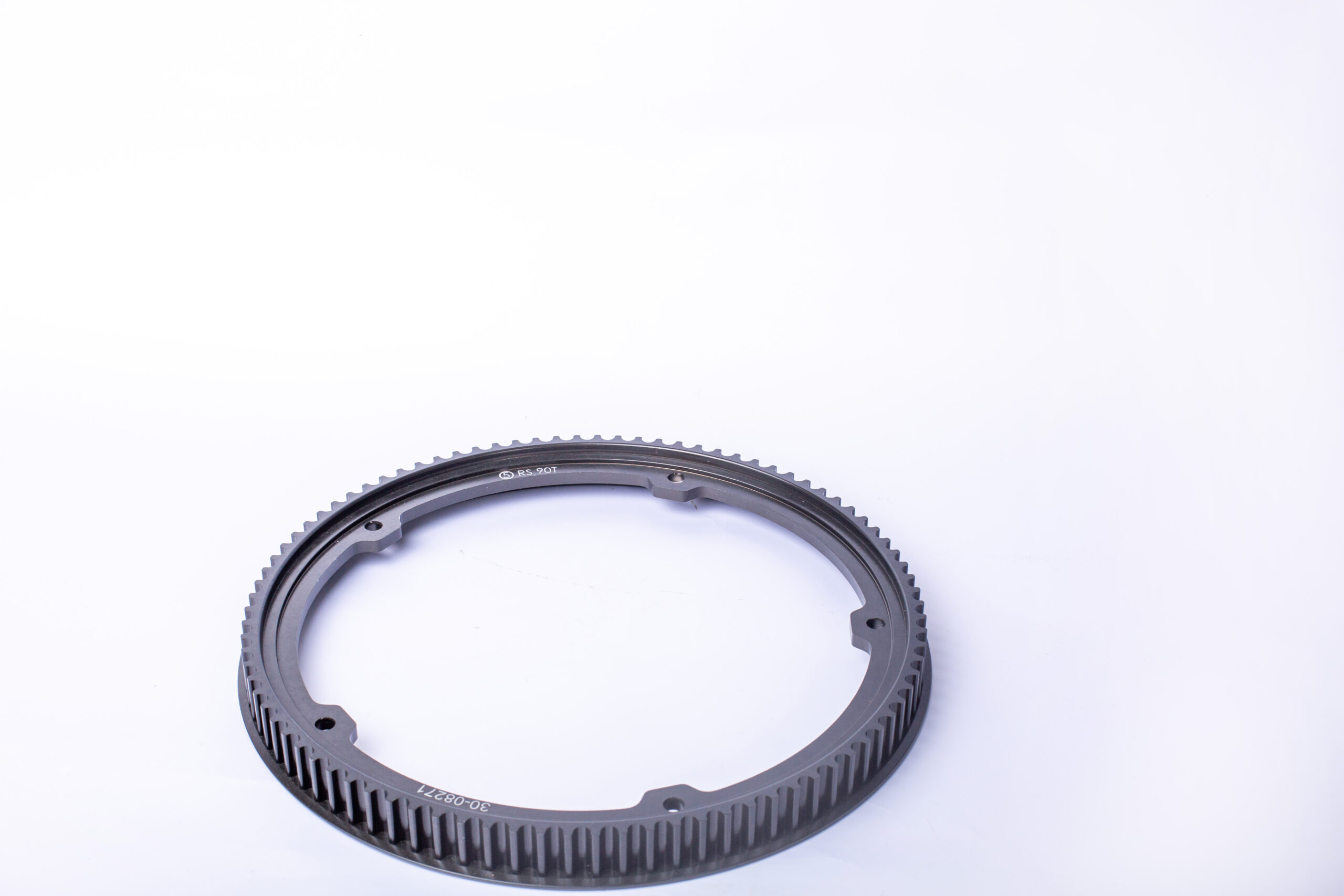
6.What are some considerations when machining aluminum for aerospace applications?
1. Use high-speed steel or carbide tools with sharp cutting edges to reduce cutting forces and minimize tool wear.
2. Use coolant to reduce heat buildup and improve chip evacuation.
3. Use a low feed rate to reduce cutting forces and minimize tool wear.
4. Use a high spindle speed to reduce cutting forces and minimize tool wear.
5. Use a high depth of cut to reduce cutting forces and minimize tool wear.
6. Use a high cutting speed to reduce cutting forces and minimize tool wear.
7. Use a high-pressure coolant system to reduce heat buildup and improve chip evacuation.
8. Use a rigid machine setup to reduce vibration and improve surface finish.
9. Use a high-quality cutting tool material to reduce tool wear and improve surface finish.
10. Use a high-quality cutting tool geometry to reduce cutting forces and improve surface finish.
7.Can aluminum be machined with traditional machining tools?
As one of the top aluminum machining grade manufacturers in China, we take this very seriously.
Yes, aluminum can be machined with traditional machining tools. However, it is important to note that aluminum is a softer metal than other metals, so it requires special cutting tools and techniques to ensure a good finish. Additionally, aluminum is more prone to heat buildup during machining, so it is important to use coolant and lubricants to reduce heat buildup and improve tool life.
8.What are some common tips for achieving optimal results with aluminum machining?
Our mission is to provide customers with the best solutions for aluminum machining grade.
1. Use high-speed steel (HSS) tools for aluminum machining.
2. Use a coolant to reduce heat and friction.
3. Use a sharp tool to reduce cutting forces and improve surface finish.
4. Use a high-feed rate to reduce cutting time.
5. Use a low spindle speed to reduce tool wear.
6. Use a positive rake angle to reduce cutting forces.
7. Use a high-pressure coolant system to reduce heat and improve chip evacuation.
8. Use a chip breaker to reduce cutting forces and improve surface finish.
9. Use a high-precision tool holder to reduce tool runout and improve accuracy.
10. Use a rigid machine tool to reduce vibration and improve accuracy.
9.Are there alternatives to traditional machining for shaping and forming aluminum?
Yes, there are several alternatives to traditional machining for shaping and forming aluminum. These include:
-Casting: Casting is a process in which molten aluminum is poured into a mold and allowed to cool and solidify. This is a great way to create complex shapes and parts with a high degree of accuracy.
-Extrusion: Extrusion is a process in which aluminum is forced through a die to create a desired shape. This is a great way to create parts with a consistent cross-section.
-Forging: Forging is a process in which aluminum is heated and then hammered or pressed into a desired shape. This is a great way to create parts with a high degree of strength and durability.
-Stamping: Stamping is a process in which aluminum is cut and formed into a desired shape using a die. This is a great way to create parts with a high degree of accuracy and repeatability.
10.What are some common problems encountered during aluminum machining?
We should enjoy a good reputation in the industry, and we can increase the added value of the products of cooperative customers through technological innovation.
1. Tool wear: Aluminum is a soft metal, which can cause tools to wear quickly.
2. Chip clogging: Aluminum chips can easily clog up the cutting area, leading to poor surface finish and reduced tool life.
3. Heat buildup: Aluminum is a good conductor of heat, which can cause the tool and workpiece to heat up quickly. This can lead to tool failure and reduced accuracy.
4. Vibration: Aluminum is a lightweight material, which can cause vibration during machining. This can lead to poor surface finish and reduced accuracy.
5. Poor surface finish: Aluminum is a soft metal, which can cause a poor surface finish. This can be improved by using a higher cutting speed and a sharper tool.
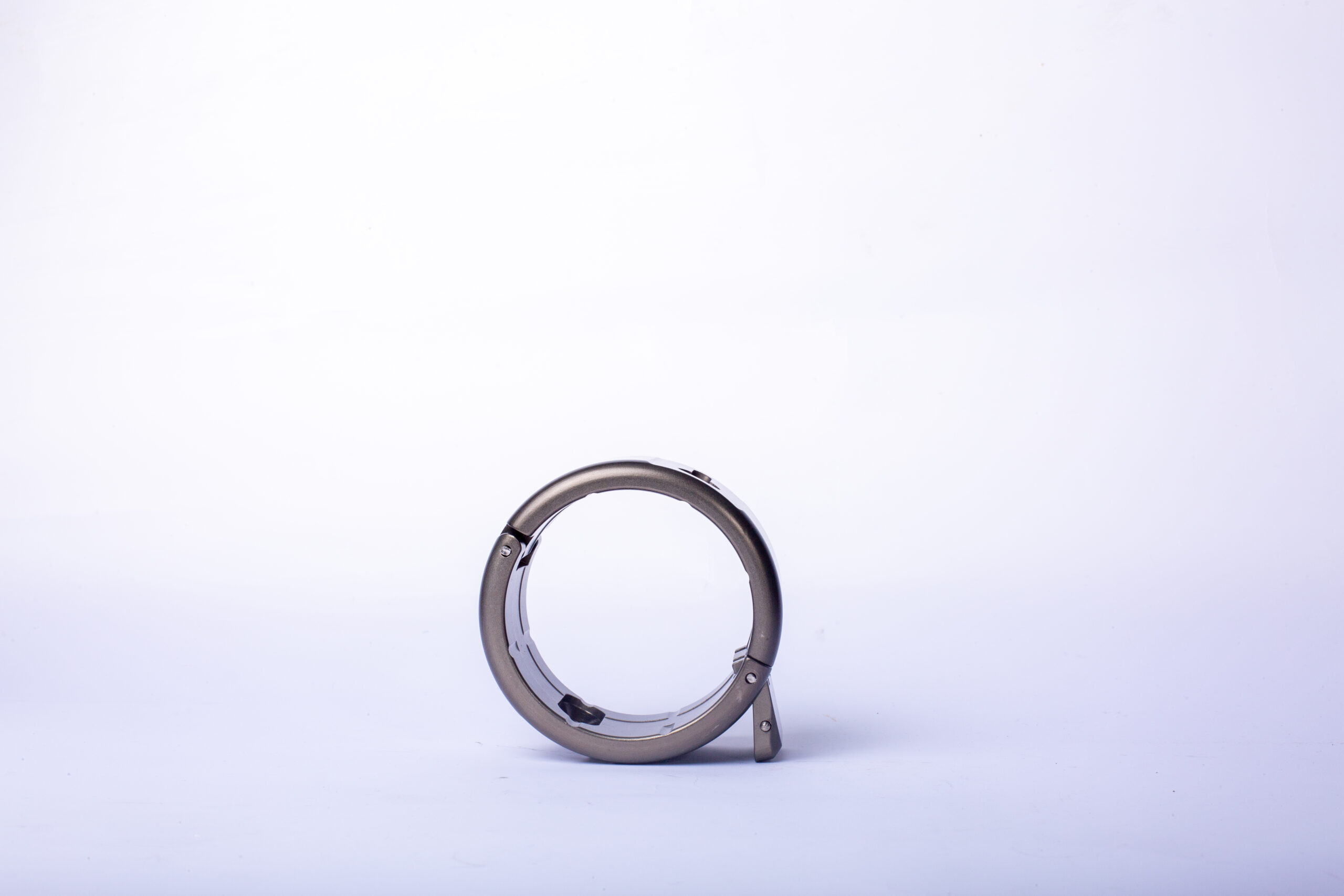
11.Can aluminum be machined to create prototypes or one-of-a-kind parts?
We maintain a stable growth through reasonable capital operations, focus on industry development trends and cutting -edge technologies, and focus on product quality and safety performance.
Yes, aluminum can be machined to create prototypes or one-of-a-kind parts. Aluminum is a popular material for machining because it is lightweight, strong, and corrosion-resistant. It is also relatively easy to machine, making it a great choice for creating custom parts.
12.How can these problems be solved or prevented?
We pay attention to the transformation of intellectual property protection and innovation achievements. Your OEM or ODM order design we have a complete confidentiality system.
1. Poor communication: Poor communication can be solved or prevented by establishing clear communication channels, setting expectations, and having regular check-ins. Additionally, having a culture of open communication and feedback can help to ensure that everyone is on the same page.
2. Lack of trust: Lack of trust can be solved or prevented by building relationships, being transparent, and having open and honest conversations. Additionally, having a culture of accountability and respect can help to foster trust.
3. Unclear roles and responsibilities: Unclear roles and responsibilities can be solved or prevented by having a clear job description, setting expectations, and having regular check-ins. Additionally, having a culture of collaboration and feedback can help to ensure that everyone is on the same page.
13.Can aluminum be machined to tight tolerances?
We focus on teamwork and communication to achieve common goals, We attach great importance to this detail.
Yes, aluminum can be machined to tight tolerances. Aluminum is a relatively soft metal, which makes it easy to machine and shape into complex parts with tight tolerances. Machining aluminum requires specialized tools and techniques, but with the right equipment and expertise, aluminum can be machined to very precise tolerances.
Tag:cnc aluminum machining parts pricelist,high precision cnc aluminum machining,aluminum machining bits,billet aluminum machining,turning aluminum machining
Product Inquiry
We will respond within 12 hours, please pay attention to the email “@163.com” or “@alumforge.com”.
Also, you can go to the Contact Page, which provides a more detailed form, if you have more inquiries for products or would like to obtain OEM service.
Our sales experts will respond within 24 hours, please pay attention to the email with the suffix “@163.com”.